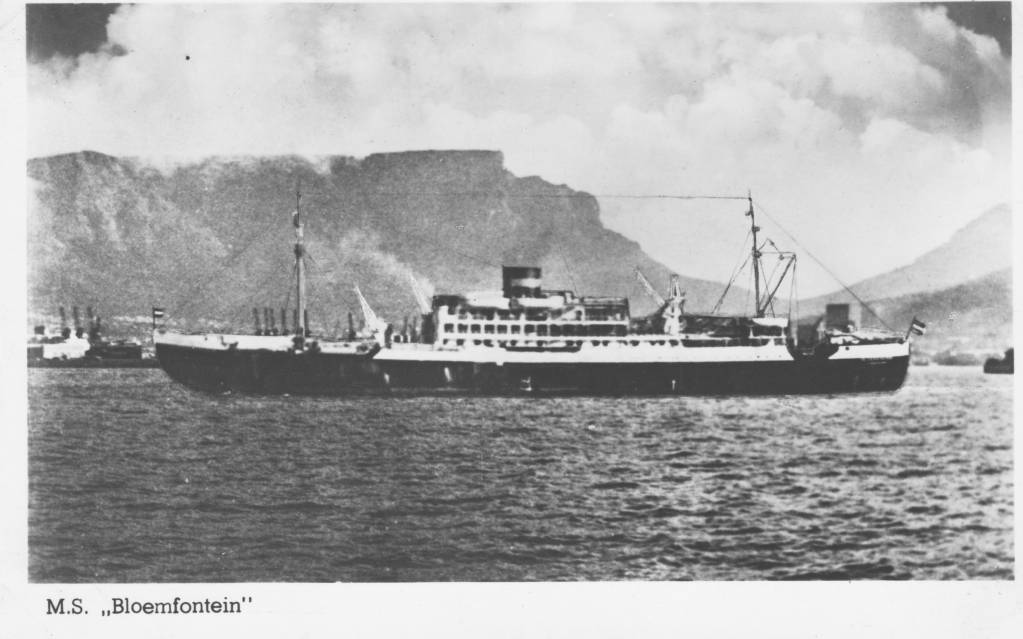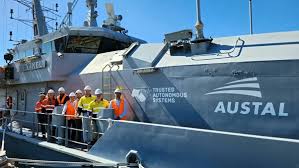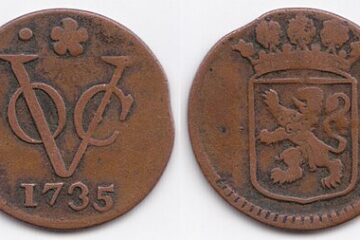In the early days of the Pacific War, one ship with strong Dutch connections played a crucial role in the shifting Allied strategy — the M.S. Bloemfontein. Her journey across the Pacific, her arrival in Brisbane, and her later transformation into a dedicated troopship highlight her remarkable contribution to the Allied war effort.

Origins of the Bloemfontein
The M.S. Bloemfontein was originally built in 1934 by the Netherlands Shipbuilding Company (Nederlandsche Scheepsbouw Maatschappij) in Amsterdam. She was ordered by the Netherland Line (Nederlandsch-Amerikaansche Stoomvaart Maatschappij) for the service between the Netherlands and South Africa.
At her launch, she bore the name Bloemfontein, after the capital city of the Orange Free State in South Africa — reflecting the shipowner’s strong trade ties with Southern Africa. For context, the company behind her, originally formed in 1919 as the Nederlandsche Zuid-Afrikaansche Scheepvaart Maatschappij (NZASM), became part of the Vereenigde Nederlandsche Scheepvaartmaatschappij (VNS) in 1932. The VNS, founded in 1920 as a partnership of eight major Dutch shipping firms, grew into one of Europe’s largest shipping companies. Although formally under VNS, the South African service continued trading under the well-known name Holland-Afrika Lijn, with ships distinguished by black hulls, a red boot topping, and a dark orange band painted around their black funnels.
Designed as a modern passenger and cargo liner, she was intended to transport both freight and a modest number of passengers on regular routes linking Europe with Africa. With a gross tonnage of approximately 10,000 tons, she was considered a fast and capable vessel for her time, offering reliability and flexibility in both peacetime commerce and — as events would prove — wartime logistics.
The Pensacola Convoy
The Pensacola Convoy was an American military convoy dispatched just before the outbreak of war in the Pacific. Officially designated “Task Group 15.5,” it took its colloquial name from its primary escort ship, the heavy cruiser U.S.S. Pensacola (CA-24). Army sources sometimes referred to it as the “Republic convoy,” after another senior ship, U.S.S. Republic.
Initially, the convoy was tasked with reinforcing U.S. Army Forces – Far East (USAFFE) under General Douglas MacArthur in the Philippines. It carried artillery, aircraft, munitions, and fuel in anticipation of growing tensions with Japan. However, with the Japanese attack on the Philippines in December 1941, the convoy was diverted south to Brisbane, Australia.
The convoy consisted of:
- U.S.S. Pensacola (CA-24) – heavy cruiser
- U.S.S. Niagara – gunboat
- U.S.S. Republic and U.S.S. Chaumont – Navy transports
- U.S.A.T. Willard A. Holbrook and U.S.A.T. Meigs – Army troopships
- S.S. Admiral Halstead and S.S. Coast Farmer – merchant ships
- M.S. Bloemfontein – Dutch merchant vessel
On board were over 2,000 National Guard troops from the Field Artillery Corps, including units from Texas, South Dakota, and Idaho. In addition, 2,600 U.S. Army Air Forces personnel travelled with aircraft crated aboard: fifty-two Douglas A-24 dive bombers on the Meigs and eighteen Curtiss P-40 fighters on the Bloemfontein. Large amounts of heavy equipment, munitions, aviation fuel, and vehicles were also transported.
The convoy reached Brisbane in late December 1941. The Bloemfontein was moored at Hamilton Wharf on December 23, alongside the other convoy ships. Troops and cargo were unloaded over Christmas Eve and Christmas Day, marking one of Brisbane’s first large-scale arrivals of U.S. forces during the war.

The Bloemfontein’s Wartime Journey
After unloading in Brisbane, the Bloemfontein was reloaded with reinforcements from the U.S. 26th Field Artillery Brigade and the 131st Field Artillery, destined for the defence of Java. She departed Brisbane on December 30, 1941, arriving at Surabaya, Java, on January 5, 1942.
Recognising her value as a transport vessel, the Bloemfontein was quickly chartered by the U.S. War Shipping Administration (WSA) in early 1942. She sailed to San Francisco where she underwent rapid conversion into a troopship, completed by April 13, 1942. Her new silhouette was notably more militarised, with sunken gun placements, including two 105 mm stern guns, clearly visible.
From mid-1942 onwards, the Bloemfontein operated extensively across the Pacific theatre. Under the command of Captain M.J.H.G. Corten and an all-Dutch crew, she covered over 340,000 nautical miles and transported more than 54,000 Allied soldiers during the war.
After the War
At the end of the Pacific War, the Bloemfontein remained active in transporting troops. On December 11, 1945, she departed Norfolk carrying Dutch Marines trained in the United States back to the Dutch East Indies (present-day Indonesia), supporting Dutch efforts to reassert control during the turbulent post-war period.
Upon completing this voyage, the Bloemfontein returned to Rotterdam. On April 10, 1946, she was formally returned to the Dutch Government, ending her American charter service
Final Years and Fate of the Bloemfontein
After returning to Dutch control in 1946, the Bloemfontein resumed her role as a passenger and cargo liner. She was operated by the Netherland Line (Stoomvaart Maatschappij Nederland – SMN) on routes between Europe and the Dutch East Indies (by then transitioning to become Indonesia) and later to other destinations in Asia and Africa.
However, the rapid post-war advances in ship design and the political changes resulting from Indonesian independence reduced demand for traditional colonial shipping lines.
The Bloemfontein, by now ageing, became less competitive compared to newer, faster vessels entering service.
In 1959, after 25 years of service, she was sold for scrapping. She was broken up at Hong Kong in the same year, quietly ending her long and remarkable career — one that had spanned continents, peacetime commerce, war, and post-war rebuilding efforts.
Thus, the Bloemfontein — once a modern Dutch liner, a wartime lifeline across the Pacific, and later a hardworking postwar freighter — made her final voyage to the scrapyard, remembered for her extraordinary contributions to both civilian and military history.


